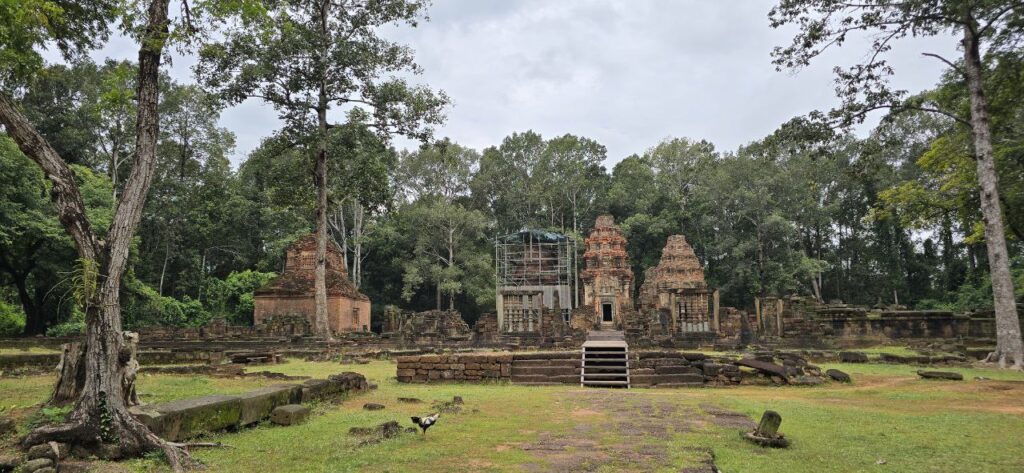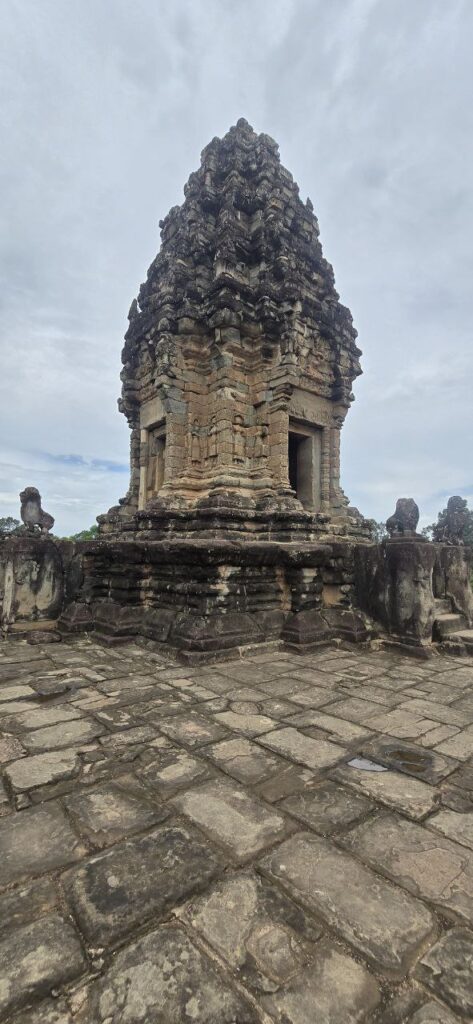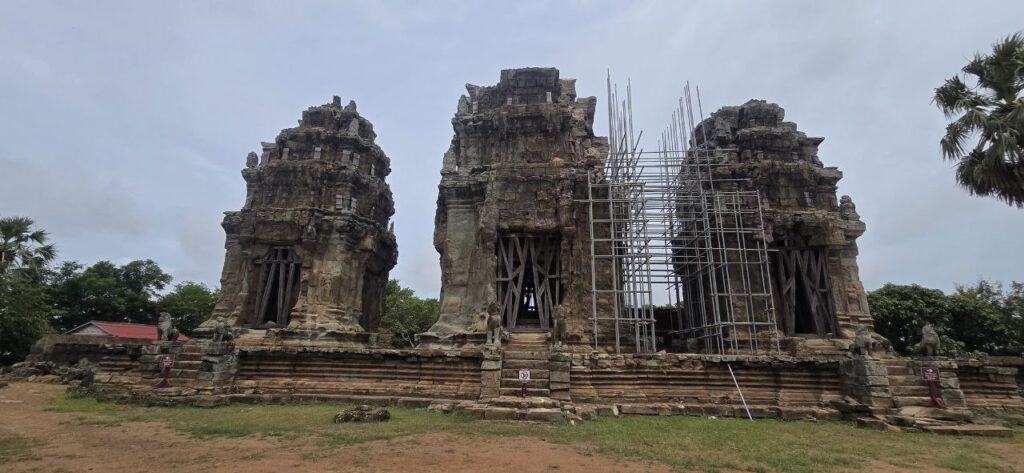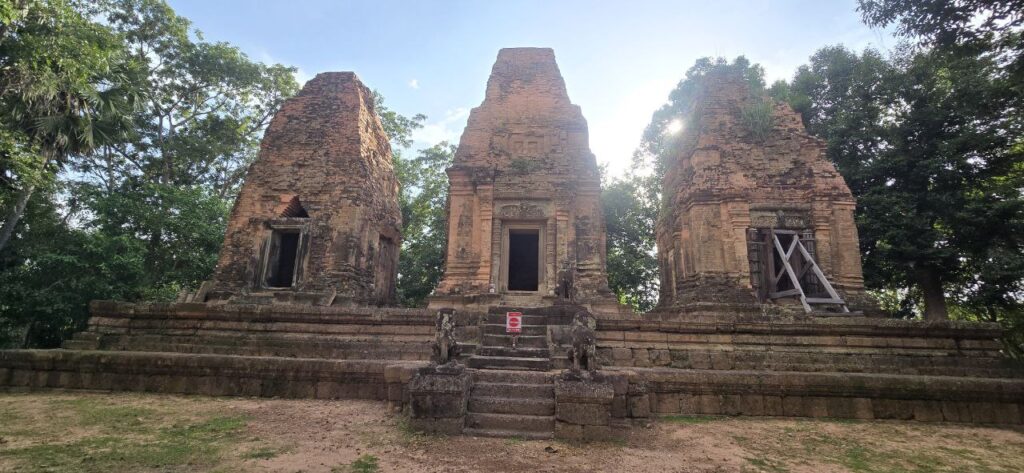
The Majestic First Mountain Temple of the Khmer Empire
Nestled amidst the lush Cambodian countryside, just a short drive from the bustling streets of Siem Reap, lies Bakong Temple. While Angkor Wat captures the world’s imagination, Bakong offers something even more profound: the origin story of classical Khmer architecture. It is not merely a temple; it is the blueprint for an empire’s spiritual and architectural ambition.
This is the story of Bakong, the magnificent mountain-temple that laid the foundation for the wonders of Angkor.
The Dawn of a New Era: The Historical Context
Bakong’s history begins in the late 9th century, a pivotal moment for the Khmer Empire. King Indravarman I, a ruler known for his ambitious public works and strategic prowess, ascended to the throne. He sought to consolidate his power and demonstrate his divine mandate through grand architectural projects.
Before his reign, the capital of the Khmer Empire was at Hariharalaya (in the modern-day Roluos area). Indravarman I chose to build his legacy here, and Bakong was to be its spiritual and geographical center. Completed in 881 AD, it was dedicated to the Hindu god Shiva and served as the official state temple of the king.
Bakong was more than a place of worship; it was a physical representation of Mount Meru, the sacred five-peaked mountain at the center of the universe in Hindu, Jain, and Buddhist cosmology. This “temple-mountain” design became the defining architectural style for state temples for centuries to come.
Architectural Genius: The Blueprint for Angkor
Walking into Bakong today, you can clearly see the elements that would later be refined at Angkor Wat and Bayon.
The Layered Plan: The temple is surrounded by three concentric rectangular walls and two moats, representing the mountain ranges and oceans surrounding Mount Meru.
The Five Tiers: The central pyramid rises in five imposing tiers, each symbolizing a level of the sacred mountain. The steep staircases guarded by stone lions lead you ever higher, towards the heavens.
The Summit: The fifth tier is crowned by a single tower (prang). This tower is a later addition from the 12th century, built in the same style as the towers of Angkor Wat, but it sits atop the original 9th-century structure, creating a fascinating blend of architectural eras.
The Surroundings: The outer grounds are dotted with intriguing remnants of history: a active Buddhist monastery, ancient brick towers (some of which pre-date the main temple), and beautifully preserved stone statues of elephants guarding the corners of the first three tiers.
Bakong was the first Khmer temple to be constructed primarily of sandstone, marking a significant technological leap from the brick constructions of earlier times. This allowed for more intricate and durable carvings, though many have sadly weathered over the centuries.
A Living Legacy: From Shiva to Buddha
Like many temples in Angkor, Bakong’s religious significance evolved. It began as a Hindu temple dedicated to Shiva but seamlessly transitioned into a Buddhist site as the state religion changed. This peaceful coexistence of faiths is a hallmark of Khmer culture.
Today, Bakong remains an active Buddhist pagoda. The sounds of monks chanting and the sight of local devotees offering prayers at modern shrines within the ancient complex create a powerful, living connection between the past and present. It’s not a frozen relic; it’s a breathing, spiritual center.






